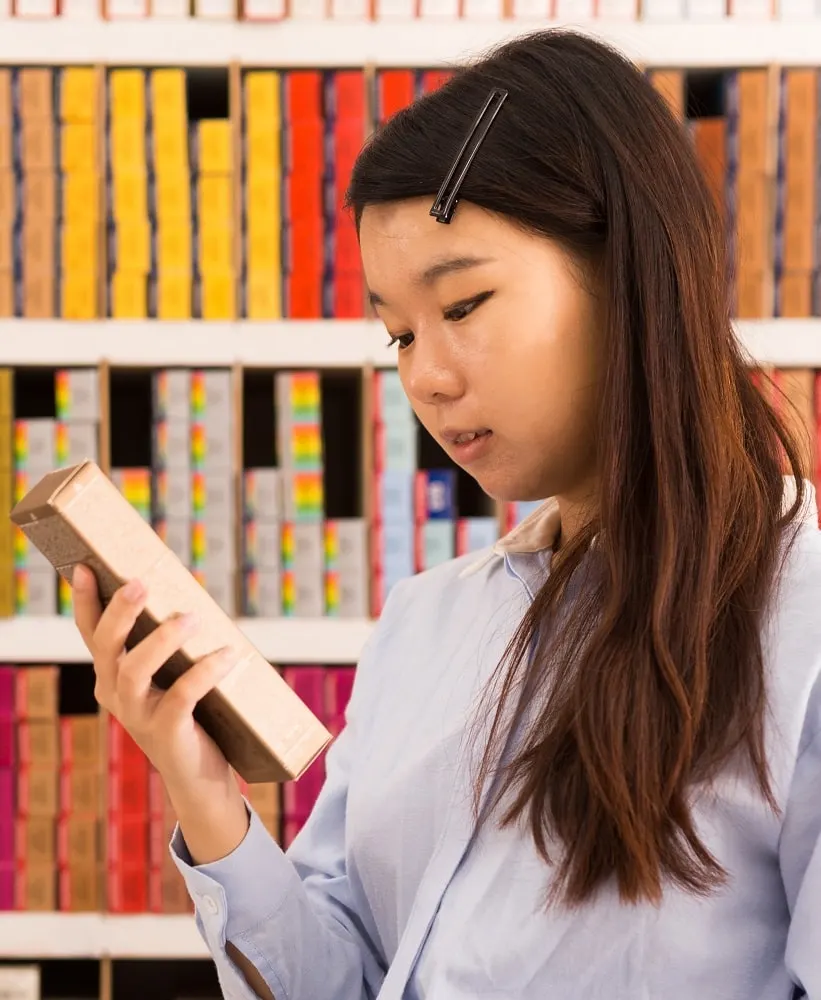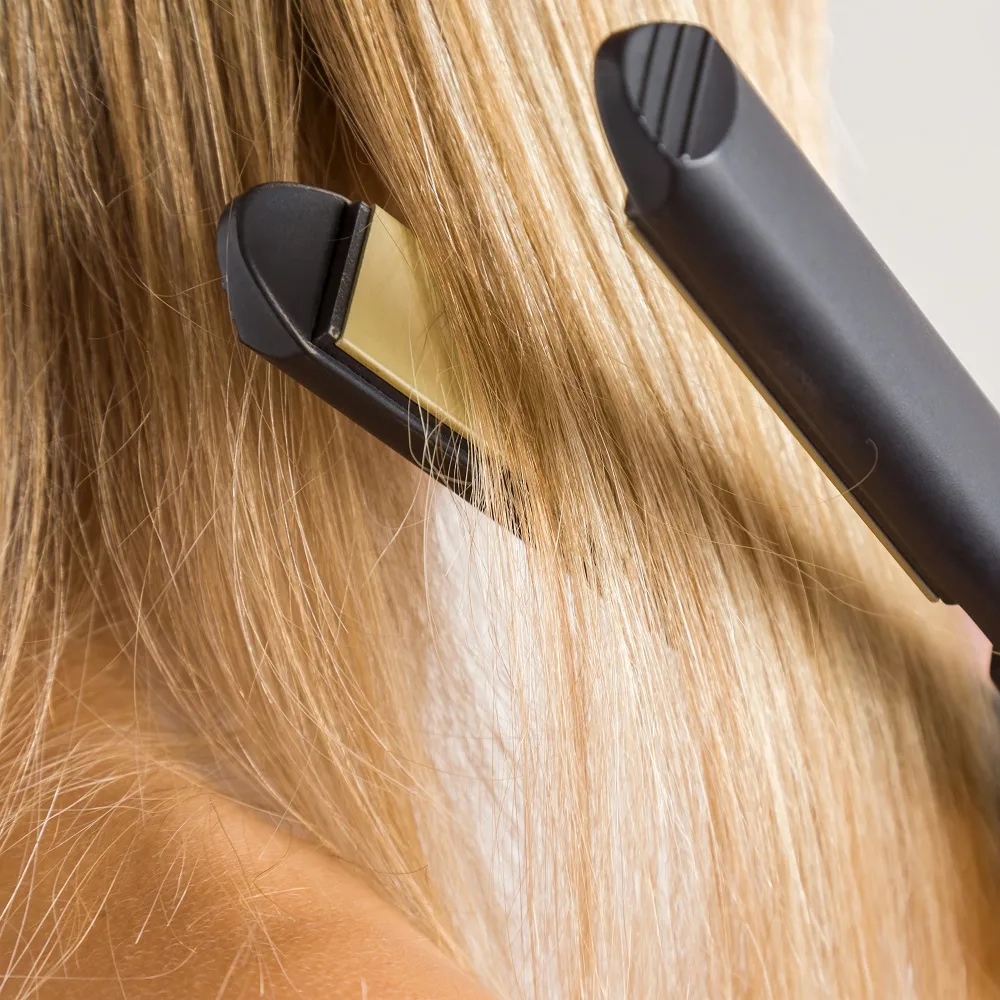If you want to add color to your double-bleached hair, you are in the right place! Coloring hair that has been bleached twice can be risky, and if you don’t use the right products and methods, you can severely damage your already fragile hair. But if done right, coloring double-bleached hair doesn’t have to end in a disaster.
Before you even buy the color you will apply to the hair, keep notes of the do’s and don’ts of coloring double-beached hair. You don’t want to make a mistake just because you didn’t acquire all the facts first.
In this article, we will discuss the key dos and don’ts of coloring double-bleached hair so that you can be prepared for the color process. If you apply the suggestions below, you will be one step closer to achieving your perfect hair color without destroying your hair!
Key Points
Double-Bleached Hair Do’s
- Test the elasticity of your hair before applying color.
- Use a demi-permanent or semi-permanent color.
- Treat your hair after coloring it.
Double-Bleached Hair Don’t’s
- Don’t use a permanent hair color.
- Don’t color your hair frequently with a demi-permanent color.
- Don’t use heat to process your color.
Coloring Double Bleached Hair: The Do’s
There are three things that you must do to color your double-bleached hair while still maintaining its health. After all, there is no use in having the perfect hair color if your hair is damaged, unruly, and altogether a mess.
#1. Test the Elasticity of Your Double Bleached Hair Before Coloring it
Before even buying the hair color that you are going to use, test the elasticity of your hair to discover just how much more it can actually take. Sometimes, we have high hopes for our hair, but it tells us otherwise.
What Is the Elasticity of Hair?

Simply put, the elasticity of hair is its ability to stretch. You want your hair to have some elasticity, but not too much. When your hair has the proper level of elasticity, this is a sign that it’s healthy.
How Do I Test the Elasticity of My Hair?

In order to test hair elasticity, isolate a single hair strand. You will need good lighting for this, so make sure to conduct the elasticity test in a well-lit area.
Once you have isolated one strand of hair, hold the bottom end of the strand with one hand, and use your other hand to hold the strand about three inches above. Gently pull each side in opposite directions to create tension on the strand of hair. The hair should stretch a little bit, and then bounce back to normal when you release the tension.
If your hair breaks apart instantly, it is dry and brittle and needs some extra hydration and some serious care. If it never bounces back to normal, and instead stays stretched out and eventually breaks, your hair is severely damaged, and any additional chemical process will damage it even more.
What Do I Do Now?
The elasticity test you have done on hair should have given a good idea about its condition. If your hair is too brittle or elastic, you may need to postpone coloring your hair that is bleached twice already until after you have done some hydration and keratin protein treatments to build its strength back up.
However, if your hair has normal elasticity, meaning that it stretched a little and then bounced back to its original position, get ready to color your double-bleached hair!
#2. Use a Demi-Permanent or Semi-permanent Hair Color on Your Double Bleached Hair
As previous chemical processes damage your hair, select a type of hair color that will not cause excessive damage. These would include semi-permanent and demi-permanent hair colors.
Whether you choose to use a semi-permanent or demi-permanent hair color is up to you, but you can be assured that either one is okay for double-bleached hair.
#3. Treat Your Double Bleached Hair After Coloring It
The truth is, your hair has been through a lot! And just like you treat yourself with a nice bubble bath after a long, stressful week, your hair needs to be treated with some serious TLC.
After you color the double-bleached hair, it’s essential that you apply regular moisture and protein treatments to maintain its health. I suggest alternating these treatments every other week so that you can keep your hair balanced.
Treating your hair with regular moisture and protein treatments is important after coloring your double-bleached hair.
The Don’ts: Avoid These When Coloring Your Double-Bleached Hair
As hair has been previously damaged, avoid certain products and methods that will only damage it further. Keep reading to find out what to avoid when coloring your double-bleached hair.
#1. Don’t Use Permanent Hair Color on Your Double Bleached Hair.
In order to protect the health and strength of your double bleached hair, do not use a permanent hair color, but rather, a demi-permanent or semi-permanent color as stated above.
The simple reason is this: it is more damaging to your hair than a demi-permanent or semi-permanent hair color. After bleaching your hair, it is already chemically altered. You have already broken down the bonds in your hair to lift color out of it.
And, if your hair is double bleached, you have done this twice. Therefore, it is best to just leave the core of your hair alone, and avoid altering it further. Your hair will thank you!
Using permanent hair color on your double-bleached hair is a definite “DON’T.” The core of your hair has been through enough, so it’s time to give it a break!
#2. Don’t Color Your Double Bleached Hair Frequently (Even With a Demi-Permanent Color).
Even if you are avoiding using a permanent hair color and instead using a demi-permanent color, you must still keep in mind that there is a way to overdo it. (Semi-permanent hair color doesn’t contain chemicals, so it can be applied whenever necessary.)
While a demi-permanent hair color is minimally damaging to your hair, it still contains chemicals that open the cuticle of your hair, so it needs to be used in moderation.
How Often Should I Color My Double Bleached Hair?

If you are using a demi-permanent color on your double-bleached hair, you are already a step ahead of the game. But that doesn’t mean that you can apply it every week. First of all, it is important to read the directions for the color to see if it specifies how often you can use it. Many times it won’t, but it is always best to check first.
As a hair stylist, I recommend limiting your use of a demi-permanent hair color to once a month at the most. Coloring your hair once a month should be more than enough because demi-permanent hair colors last an average of 24 washes. That’s 12 weeks if you wash your hair twice a week!
Applying a demi-permanent hair color to your double-bleached hair more than once a month is a strict No-No.
#3. Use Heat to Process the Hair Color on Your Double Bleached Hair
You may have heard that heat can help hair color to process faster and more effectively. While this is sometimes true for certain types of colors, using heat should not be an option when coloring your double-bleached hair.
Why Should I Not Use Heat When Coloring My Double-Bleached Hair?

The heat helps open the cuticle of the hair, making it more vulnerable to whatever product you have applied to it. If your hair is double bleached, chances are that the cuticle of your hair is already a bit weak and damaged, so it really is not necessary to use heat.
Your hair will soak in the color just fine, even if you are using a semi-permanent color that does not contain any chemical activators.
Additionally, most demi-permanent hair colors don’t require heat to process. By applying heat to your color, you are only making your hair more vulnerable to the chemicals contained in demi-permanent colors, and if your hair is double bleached, this should be avoided.
Don’t apply heat while coloring your double-bleached hair. Just let the color do its thing.
In Summary
Coloring your double-bleached hair can be a bit scary. But, it does not have to be. By using the right products and methods, you will be able to achieve your dream color while also maintaining the health and strength of your hair. If you follow the suggestions in this article, you will be showcasing your new beautiful color in no time!
